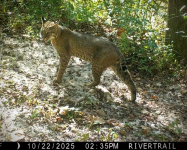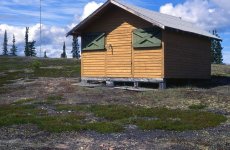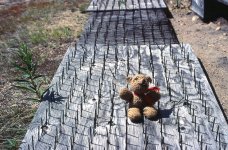I just googled them, and apparently they are making their way into Canafa,
That's interesting. As far as I know they're relegated to the southern US so I figured Canada would be too far north for them.
Perhaps it's not the climate but rather the hicks and hillbillies that form their preferred habitat. In that case I guess the hoser portions of Canada would be next for colonization.
Alan



